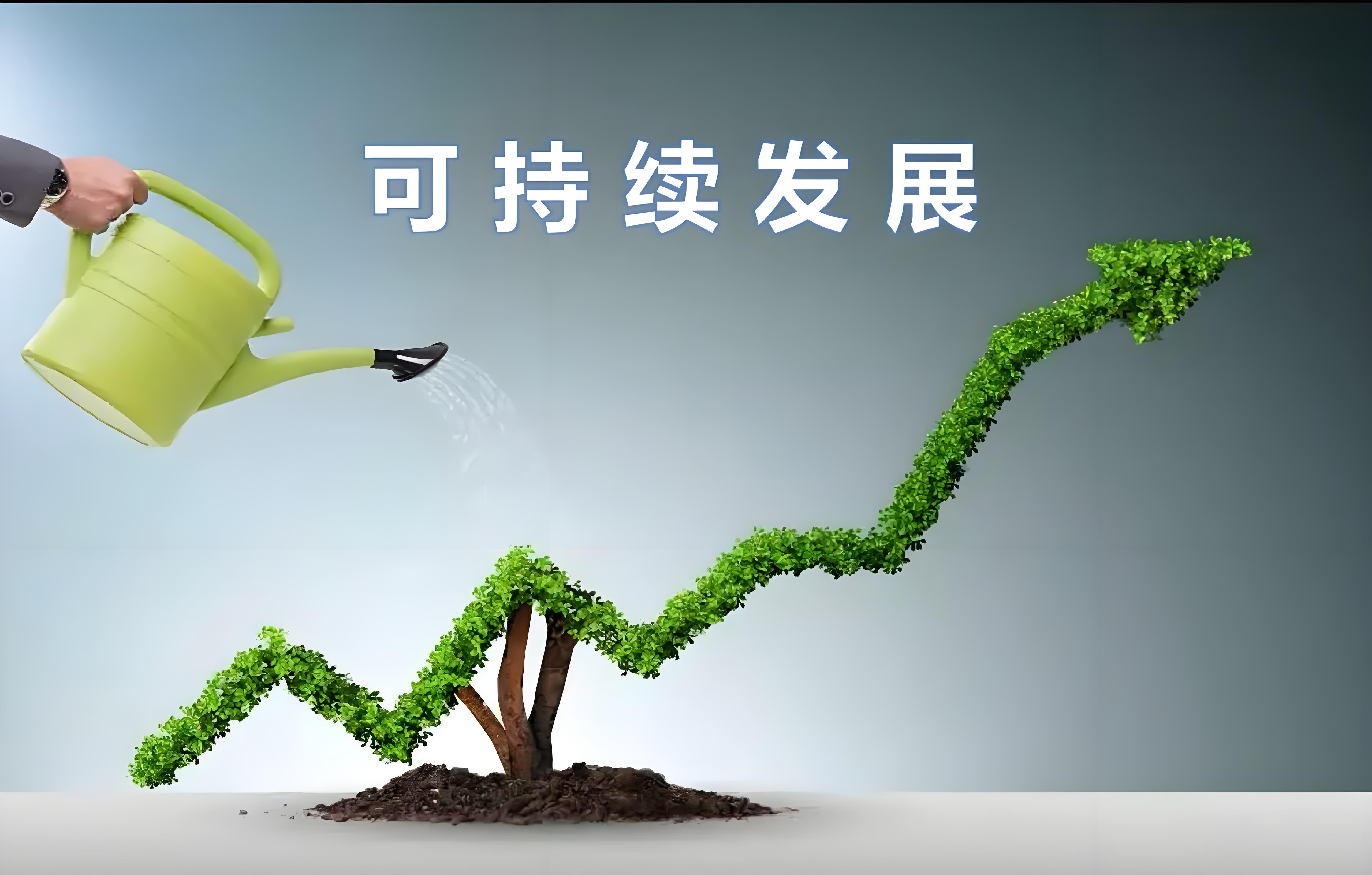Hits: 354 img

Against the backdrop of the global advocacy
for a low-carbon economy, silicone rubber, with its degradability,
recyclability, and environmental protection characteristics, is transforming
from an "industrial supporting role" into a "green engine"
driving sustainable development.
The "Ecological Revolution" of Degradable Materials
Traditional plastics take hundreds of years to degrade, while silicone rubber achieves controllable decomposition through molecular design:
Biobased Silicone: Degradable silicone synthesized from corn starch as raw material can naturally decompose into water and carbon dioxide within 3-6 months in a composting environment.
Photodegradable Silicone: Silicone products added with photosensitizers gradually break into pieces under ultraviolet irradiation, which is suitable for short-term use scenarios such as agricultural mulch films.
Ocean-Friendly Materials: Silicone fishing gear containing chitin can be decomposed by microorganisms in seawater, reducing marine plastic pollution.
Application Scenario: A silicone straw
launched by an environmental protection company replaces more than 1 billion
plastic straws annually, reducing the carbon footprint by 40%.
The "Material Closed Loop" of the Circular Economy
Silicone rubber realizes resource reuse through efficient recycling technologies:
Chemical Depolymerization: The waste silicone is decomposed into monomers at high temperature, with a purity of up to 99%, and can be re-synthesized into new materials.
Physical Regeneration: The crushed silicone particles are blended with new materials to make regenerated silicone products with stable performance.
Energy Recovery: The combustible gas generated by the pyrolysis of silicone is used for power generation, with an energy conversion rate of 85%.
Case: A German enterprise established a
silicone recycling factory, which can process 50,000 tons of electronic waste
annually, and the recovery rate of precious metals has been increased to 98%.
The "Flexible Support" of Green Energy
In the field of renewable energy, silicone rubber helps reduce carbon emissions:
Photovoltaic Module Encapsulation: The high-transparency silicone film reduces the glass usage by 30%, reducing the weight of the photovoltaic panel and transportation energy consumption.
Wind Turbine Blade Coating: The hydrophobic silicone protects the blades from salt spray erosion, extending the service life by 20%.
Hydrogen Energy Storage and Transportation: The silicone-lined hydrogen storage tank reduces the risk of hydrogen leakage and improves transportation safety.
Innovation Direction: The silicone-based
carbon capture membrane developed in the UK can directly absorb CO₂ from the air, with an energy consumption 50% lower than that of
traditional technologies.
The "Intelligent Solution" for Industrial Emission Reduction
Silicone rubber promotes clean production in the industrial field:
Waste Gas Treatment: The silicone membrane separates VOCs and recycles them, reducing the emission of toxic gases.
Wastewater Purification: The silicone adsorbent removes heavy metal ions, and the treated water can be recycled.
Equipment Sealing: The
high-temperature-resistant silicone reduces the hot gas leakage of industrial
furnaces and kilns, improving energy utilization efficiency.
Conclusion
Silicone rubber is reshaping the pattern of
the material industry with its "green genes". From reducing pollution
at the source to end-of-pipe treatment, from energy production to resource
recycling, it provides a comprehensive solution for achieving the "dual carbon"
goal. In the future, with the improvement of the circular economy system, it
may become the "core material" for global sustainable development.
Cable Accessories Liquid Silicone Rubber – MY-LSR82 AB